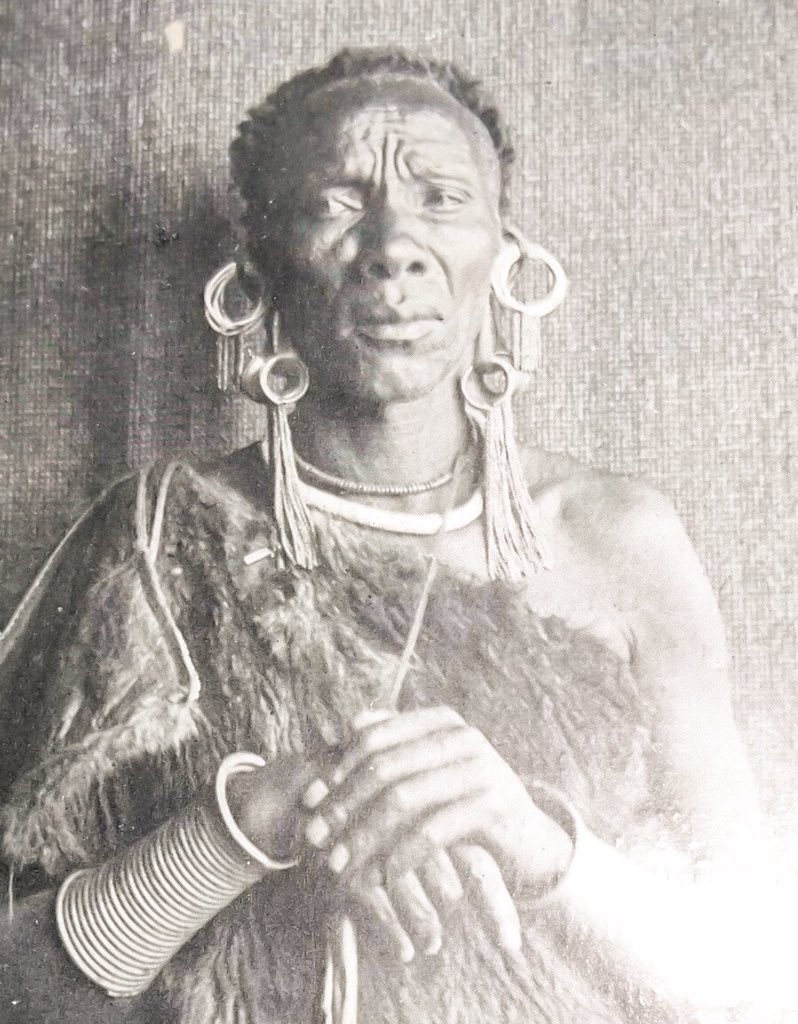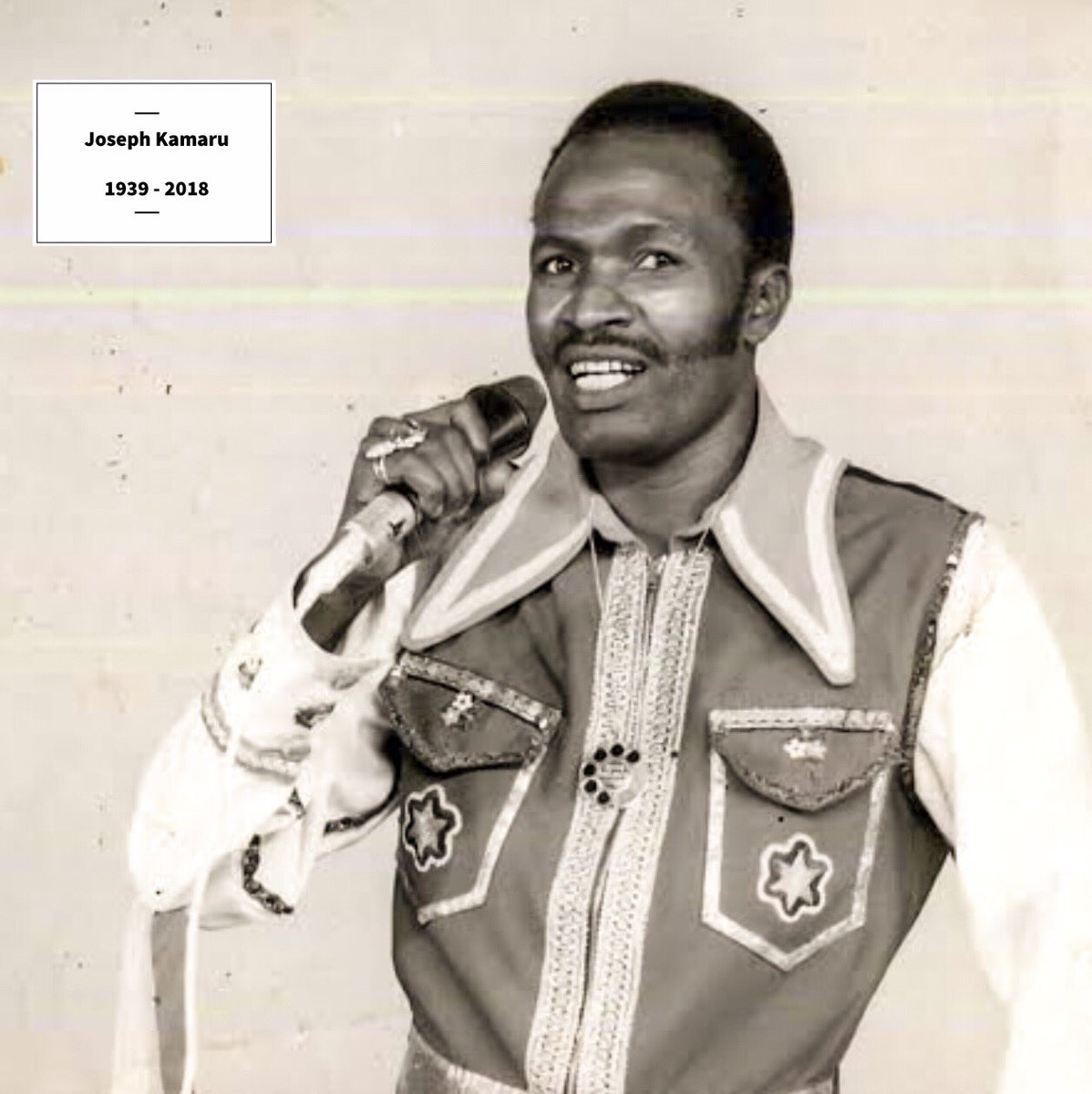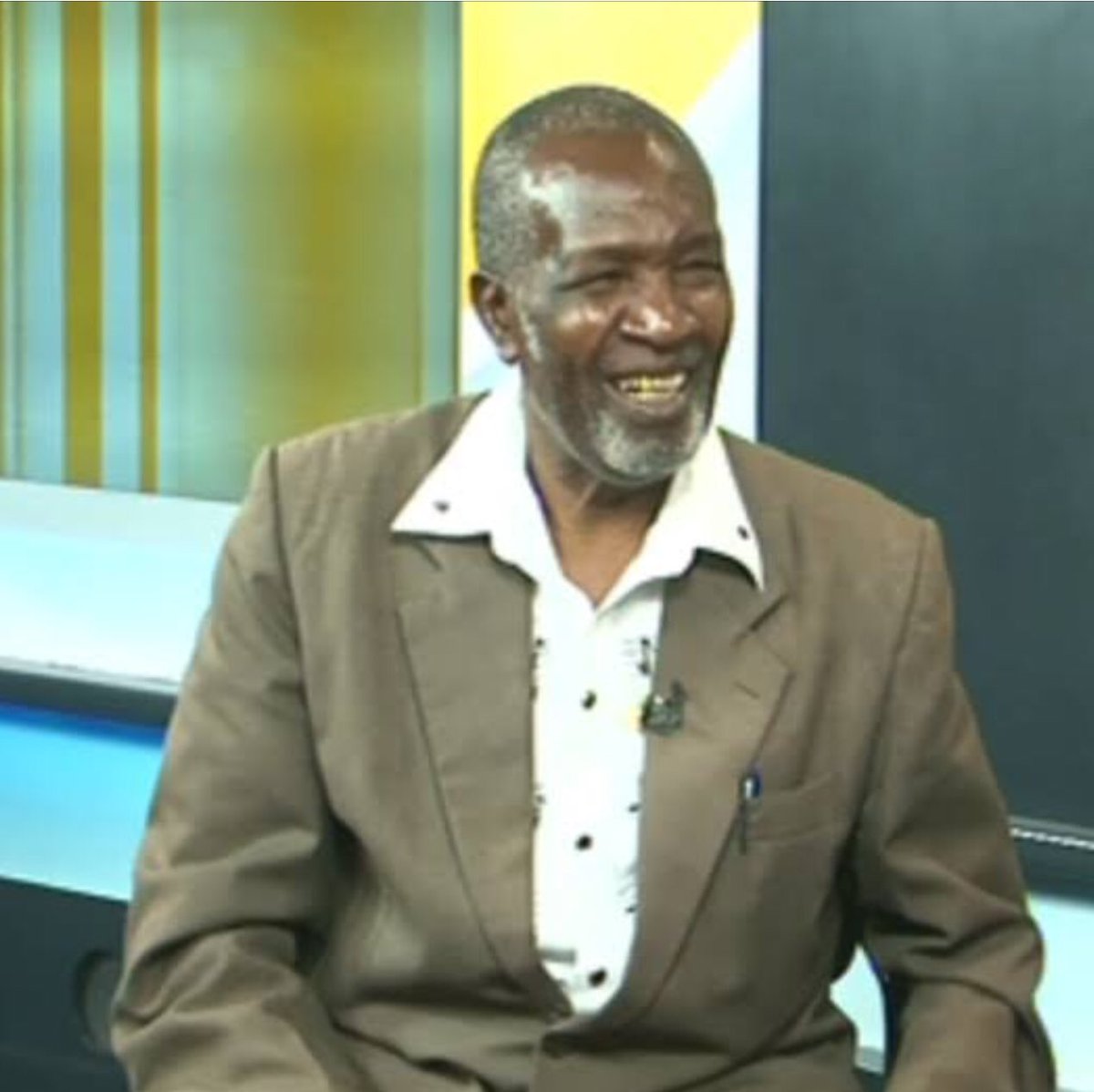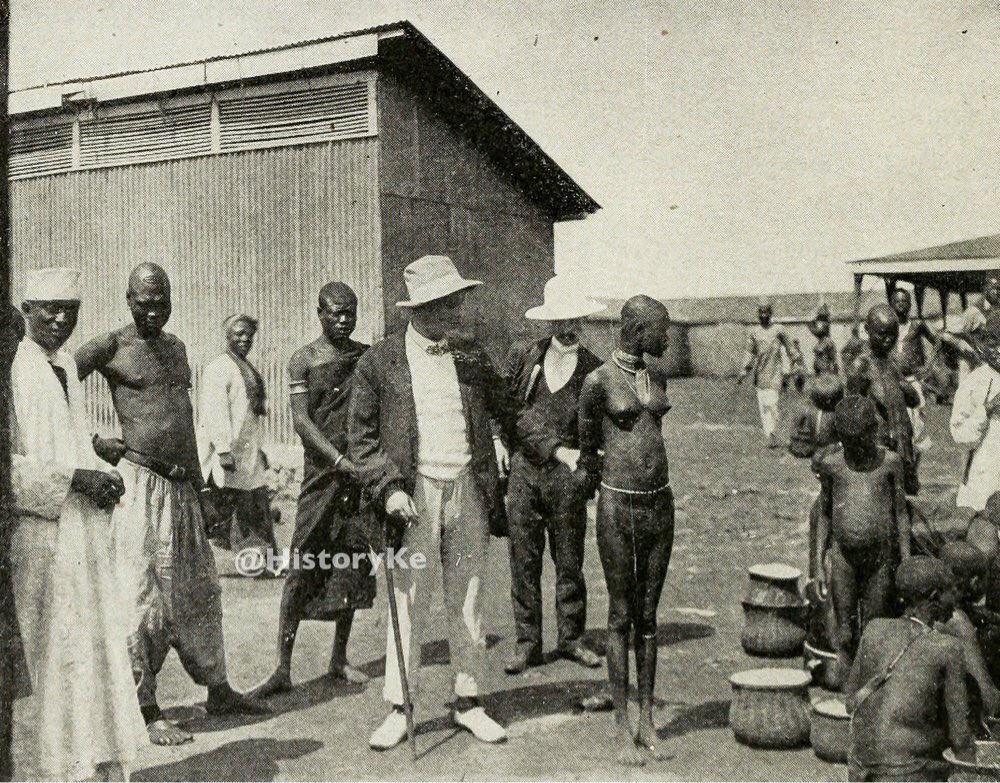#HistoryKeThread:
After Kinoo, westwards along the Nairobi-Nakuru highway is a place called Karûri. It was named after Agîkûyû chief Karûri wa Gakure, who actually hailed from Kangema in present-day Murang'a county.
After Kinoo, westwards along the Nairobi-Nakuru highway is a place called Karûri. It was named after Agîkûyû chief Karûri wa Gakure, who actually hailed from Kangema in present-day Murang'a county.

Chief Karûri made trading trips from his village, trudging with his caravan along the edge of the Aberdares towards Kikuyu mostly, and at times Kijabe and Naivasha.
Interestingly, Field Marshal Mbaria Kaniu followed the same route from Kangema to lead the #MauMau massacre at Lari.
Some early English explorers like the self-proclaimed King Of The Wakikuyu, John Boyes (pictured), traded wares like cloth and mirrors with Karûri in exchange for guides, or for security. 

Karûri also dealt in ivory trade, with Arabs providing market for the commodity. The bulk of the ivory was undoubtedly sourced from elephants in the vast Aberdares ecosystem.
Some reports say he had the mien of a king, and was carried in turns by his subjects. At least that’s according to Boyes, who once stumbled on the chief’s caravan in the Aberdare forests.
As Karûri’s fame grew, some chiefs, such as Chief Wangombe Wa Ihura of present-day Mathìra, Nyeri, grew envious of Karûri’s fame and even organized sporadic attacks on the latter’s warriors.
At one time Chief Wang’ombe raided and burnt villages that were under Karûri’s jurisdiction, inflicting a heavy loss on the enemy. There are reports from some historians that Chief Wang’ombe‘s triumphant warriors were backed by morans of the Laikipia Maasai. 

The attacks on Karûri caught his warriors off guard. He lost a lot of men and prized possessions of cattle and goats. To avert further loss, Karûri decided to evacuate some of his best remaining warriors to deep in the forests of the Aberdares. 

After Wang’ombe had retreated back to his country with the war loot, it is said that Karûri was so devastated that he began to plot his own revenge.
And the ensuing revenge attacks in circa 1900 were so vicious on Wang’ombe’s chiefdom that he called for a truce.
And the ensuing revenge attacks in circa 1900 were so vicious on Wang’ombe’s chiefdom that he called for a truce.
Boyes made reference to these wars in his book, The King Of The Wakikuyu.
He claims to have fought on Karûri’s side in the revenge attacks and perhaps with a tinge of exaggeration, spares little effort to ascribe the resulting victory to his martial guidance.
He claims to have fought on Karûri’s side in the revenge attacks and perhaps with a tinge of exaggeration, spares little effort to ascribe the resulting victory to his martial guidance.
The author also describes his involvement in the rapprochement talks between the two warring parties.
Excerpts:
“Within a few days all the stolen property was restored to its original owners, causing much rejoicing among them, as they had, of course, never...
Excerpts:
“Within a few days all the stolen property was restored to its original owners, causing much rejoicing among them, as they had, of course, never...
... expected to see any of it again. Of course, I took precautions to see that no friction occurred during the process of retransferring the recovered property, and having invited some of the chief men of both districts to my camp, we got on quite friendly terms.....
...Seeing them sitting, eating and drinking together amicably, it was difficult to imagine that they had been cutting one another’s throats only a few days previously, but the Kikuyu, like many other African races, are remarkably changeable, and their temper can never be...
... relied upon. As I learnt during my stay among them, they are both fickle and treacherous, and had it not been for my own people (i.e. Karûri’s men), I should have run great risk of being killed on several occasions, through trusting them too much....”
We also learn that Boyes relied on Karûri a great deal in ivory trade with Arabs. Karûri himself took part in some of the caravans to Kikuyu and Fort Smith in particular.
According to lore, Karûri courted enroute, and eventually married, a number of young girls.
According to lore, Karûri courted enroute, and eventually married, a number of young girls.
He often preferred that his caravan take a break at a spot in Karûri, which is what the area ended up being named.
A part-time medicineman, he was popular with the southern Agîkûyû as he helped prepare arrow poison for them in their wars against the Maasai.
A part-time medicineman, he was popular with the southern Agîkûyû as he helped prepare arrow poison for them in their wars against the Maasai.
Through his intercession, Consolata missionaries set up a mission near his village at Tuthû, in Kangema, Murang'a. Never mind that the missionaries found the valleys in Kangema too steep and decided to look for much more... 

... even ground on which to set up schools and a mission hospitals. That’s how they ended up in Tumutumu, Nyeri, in circa 1909.
This mud hut pictured here was the first students’ dormitory at Tumutumu.
This mud hut pictured here was the first students’ dormitory at Tumutumu.

The Consolata missionaries baptized him just before his death in Tuthû, circa 1916. His baptismal name was Joseph, his wife’s, Consolata.
As he had a numerous wives - some claim no fewer than 50, the Chief sired many children. It is not surprising, therefore, that if you today visit Tuthû, which is where his remains are interred, there are many people, young and old, named Karûri or Gakure.
According to records of Consolata missionaries, it was Karûri who recommended and donated the piece of land atop a hill on which Fort Hall was built at Mbiri. This is the Fort that gave rise to Murang’a town today. 

• • •
Missing some Tweet in this thread? You can try to
force a refresh













